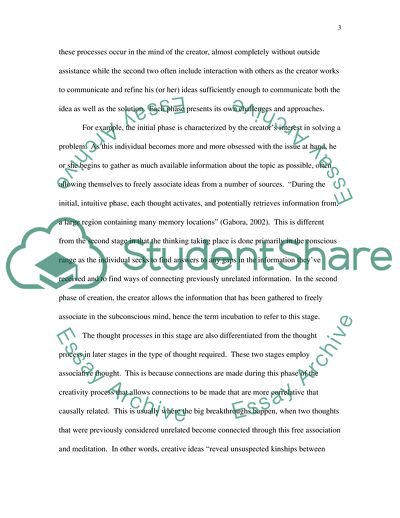Cite this document
(Sigmund Freuds Creative Thinking Assignment Example | Topics and Well Written Essays - 1750 words, n.d.)
Sigmund Freuds Creative Thinking Assignment Example | Topics and Well Written Essays - 1750 words. https://studentshare.org/philosophy/1705400-components-of-creative-ideas
Sigmund Freuds Creative Thinking Assignment Example | Topics and Well Written Essays - 1750 words. https://studentshare.org/philosophy/1705400-components-of-creative-ideas
(Sigmund Freuds Creative Thinking Assignment Example | Topics and Well Written Essays - 1750 Words)
Sigmund Freuds Creative Thinking Assignment Example | Topics and Well Written Essays - 1750 Words. https://studentshare.org/philosophy/1705400-components-of-creative-ideas.
Sigmund Freuds Creative Thinking Assignment Example | Topics and Well Written Essays - 1750 Words. https://studentshare.org/philosophy/1705400-components-of-creative-ideas.
“Sigmund Freuds Creative Thinking Assignment Example | Topics and Well Written Essays - 1750 Words”. https://studentshare.org/philosophy/1705400-components-of-creative-ideas.


